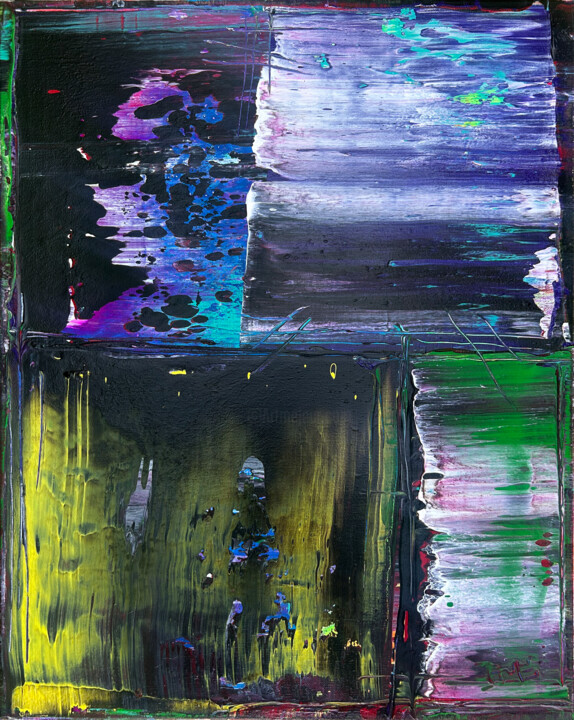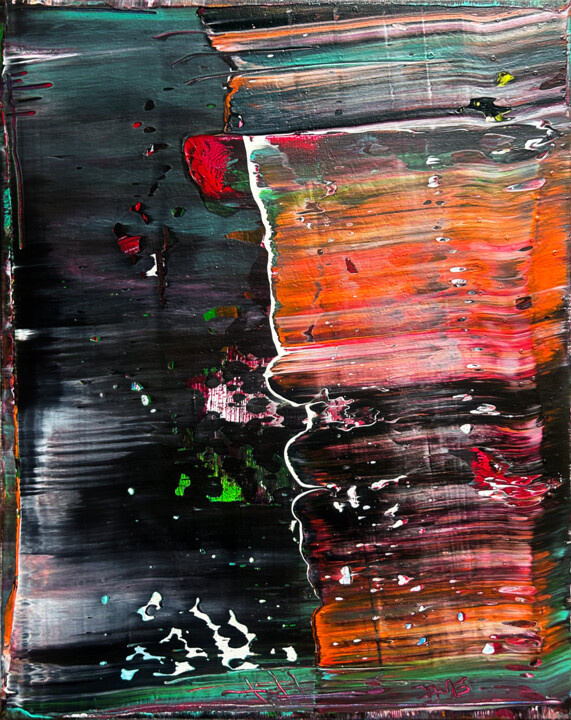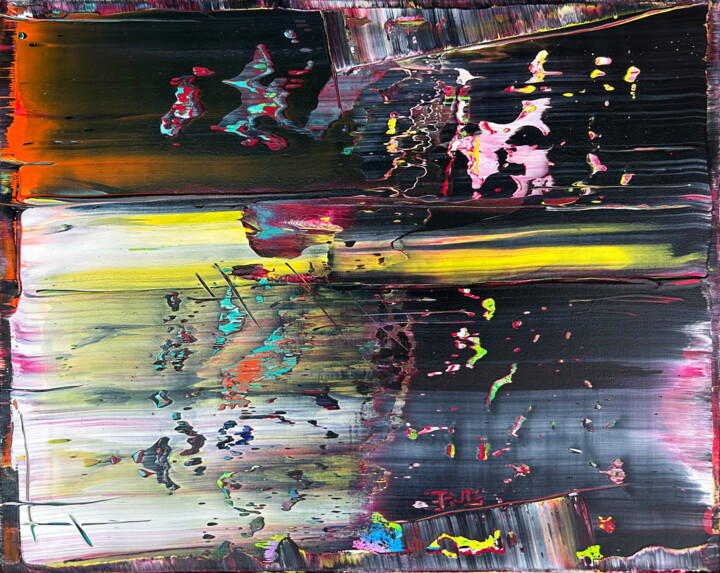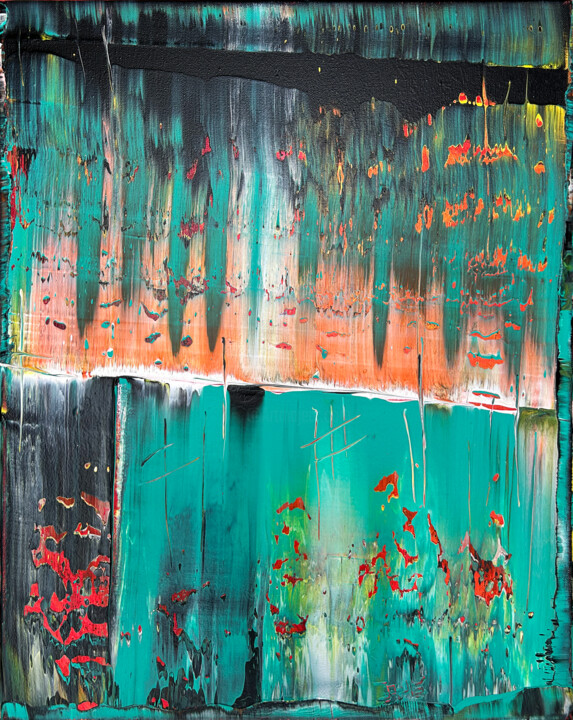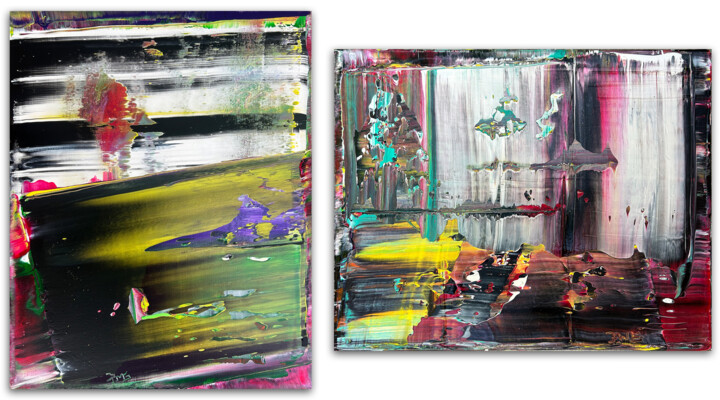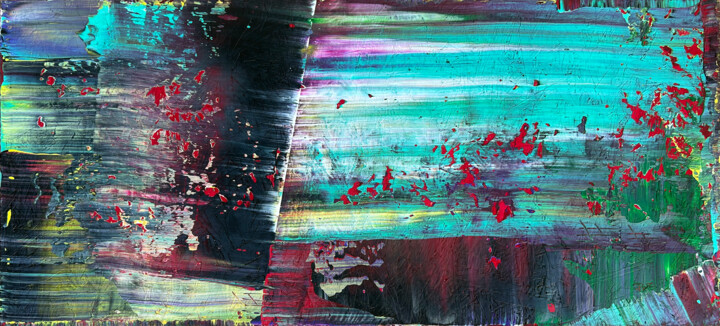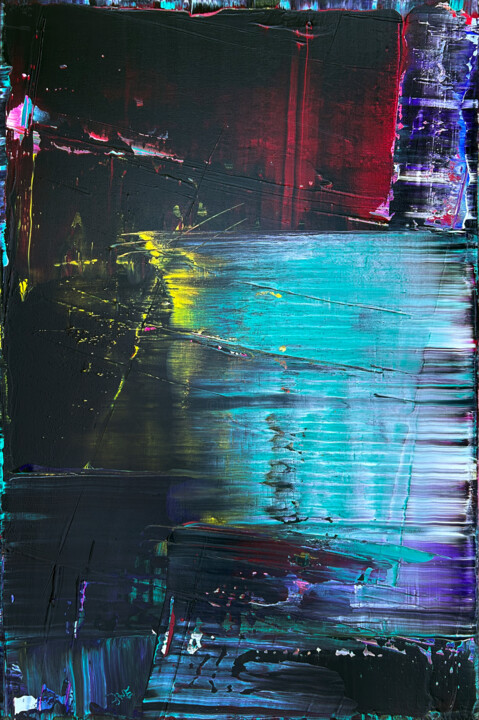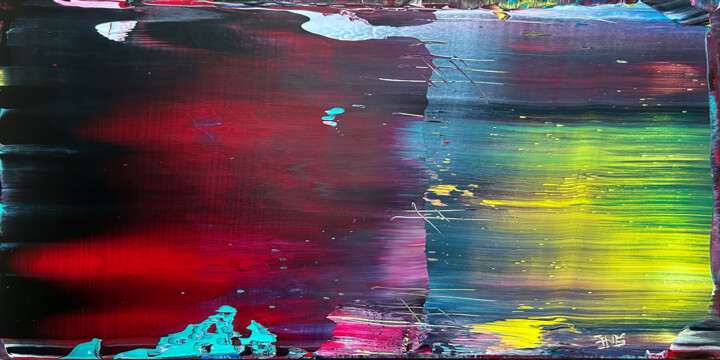What made you approach art and become an artist? (events, feelings, experiences..)
I can’t pinpoint ONE thing or experience that made me want to become an artist. It was more like I didn’t have a choice. I can’t even remember when I first started drawing, but it was very early and I filled countless notebooks with my drawings and doodles. My friend and I also began making our own versions of “Mad Magazine” at an early age, as well as filling countless video tapes with our creative movies and skits. I have always had so much passion and emotion trapped inside of me and art has functioned as a way for me to express myself and work through what was going on inside. It has been, and is to this day, wonderfully cathartic and keeps me motivated to get out of bed and contribute to this world.
What is your artistic journey, techniques and subjects you have experimented with to date?
My art has mirrored my journey in life and has been a process of turning darkness into light. Throughout, I have transmuted intense feeling into beauty on the canvas, but also as my life evolved and became more joyful, my art exploded into bright abstract colors and texture. My transition as a painter has been from dark and moody Pop Surrealism to vibrant, colorful and highly textured abstract work. I still like to revisit my figurative style from time to time, but my wide variety of abstract styles keeps me motivated and inspired every day. In my career, I have worked with self-portraiture, surrealist figures, still-life, landscape, modern abstraction, geometrical work, neutral modern palettes, assemblage, fluid painting, and so much more.
What are 3 aspects that differentiate you from other artists, making your work unique?
First is my use of found objects in my work. I scavenge the streets of Los Angeles to make assemblage paintings, as well as painting on broken down and upcycled materials such as wood, glass, screens, plexiglass, desk and furniture pieces and more. Even many of my canvases have been recycled. I love turning discarded materials into beautiful work. It also aligns with my mission to cut down on environmental waste.
Second is my use of painting tools in my painting process. I barely even touch a brush anymore. Most of my paintings are painted with metal objects, rulers, construction tools, squeeges, etc. Even some of my last figurative/pop surrealist pieces that sold where painted entirely with the flat end of a ruler, instead of a brush.
Third is my technique of using music to tap into deep emotion in my work. I use it as an access point to intense emotion and even certain trauma that I have faced in my life. It allows me to visit and use these emotions in the work, without getting sucked back into them in life. It is almost like a meditation practice. This can also be fun and I know it is effective, when my body starts to move with the music.
Where does your inspiration come from?
I like to expose myself to as much life and different forms of art as possible to draw my inspiration from. I don’t like to limit it to just the visual arts. I am constantly inspired by music, film, television, literature, other artists, travel, sports, personal experiences, etc. I have personally been a lead singer of a band, played competitive sports, played musical instruments, acted in theatre and film, improvised, written and self-published novels and poetry, and even have my own podcast. Inspiration comes from all areas of life!
What is the intent of your art? What visions, sensations or feelings do you want to evoke in the viewer?
The intent of my art is to share my own human experience as uniquely and unfiltered as possible in the hopes to inspire other people in their own lives. This can come in the form of darkness, intense joy, humor, raw energy, love, angst, vibrant color, and more. I love it when the viewer connects deeply with and recognizes themselves in a painting. Then I feel like I have done my job.
What is the process of creation of your works? Spontaneous or with a long preparatory process (technique, inspiration from art classics or other)?
I strive to be as spontaneous as possible in my work at all times. Even when I develop ideas or a vision ahead of time, I try to let this adapt and evolve in the studio. Otherwise, rigidity to ones own pre-conceived notions or ideas can destroy the aliveness and even execution of a painting. It will evolve as it is meant to evolve and my job is to trust the process!
What techniques do you prefer?If yes, can you explain it?
I am open to many different techniques in my work, but some of my favorites are what I call “messy geometrical” painting, assembled sculptural painting, streaking techniques, fluid painting, among others.
Are there any innovative aspects to your work? Can you tell us which ones?
I believe my use of materials is innovative. Not only in the recycling and assemblage of materials, but in the execution of the painting with non-conventional tools on non-conventional surfaces. I also like to believe that I have created some of my own unique ways to create texture (especially in my oil paintings and assemblage pieces). This is why I encourage my collectors and viewers to get up close and even touch my work, to get the whole tactile experience.
Do you have a format or medium that you are most comfortable with?If yes, Why?
I pride myself these days in being very versatile in my format and medium. If you had asked me this question many years ago, I would have said oil painting and pop surrealism. However, now I paint with a wide variety of mediums, formats and materials from resin to oil paints; from acrylic paints to spray paint. I also use a variety of surfaces and sub genres of abstraction that I have created and call my own.
Where do you produce your work? At home, in a shared or private studio? And within this space how is your production organized?
I create and work from home. I have my home office inside of my main house and a free standing studio/ADU in my back yard, with extra storage space. I shift from administrative work in the morning in the main house to creative work and painting in my separate studio in the afternoon. I like to have these elements very close by, but separate, so I can have ease of access flowing in-between.
Does your work lead you to travel to meet new collectors, for shows or exhibitions? If so, what do you gain from it?
I have travelled locally, nationally and internationally with my work. More than half of my collectors come from the international community and I have over 500 paintings collected in over 25 different countries. I have learned that art is valued everywhere. We are all part of this human experience and just looking for inspiration. I have also noticed that different genres of my art are more popular in different areas of the world! I look forward to gaining even more experience from my future travels with my work and meeting more of the international community.
How do you imagine the evolution of your work and your figure as an artist in the future?
I imagine my art to continue to be collected in more countries and hope to expand the institutions and galleries that collect and represent my art. I would like to also expand my work to museum collections, more public works and even auction houses. With my podcast, I am striving to connect the international artist community and share help and inspiration. I hope to be an inspiration to other artists more in the future and to be able to give back to the community.
What is the topic, style, or technique of your latest artistic production?
I am currently working on a series of large hand-stretched abstract acrylic pieces. These paintings have fierce energy and a mixture of bold and neutral colors as well as slices into the canvas itself. These pieces represent my recent struggle with chronic pain and inflammation that has made my personal and artistic life a struggle over the past year. Once again, I find myself transmuting a negative personal experience into something cathartic and hopefully beautiful. It is a personal series that I am very proud of!
Can you tell us about your most important exhibition experience?
I have had many impactful exhibitions and art shows over the course of my career, but I will share two that jump to front of the line. The first is my most recent Solo Show at ShockBoxx gallery in Los Angeles just before the pandemic hit. It was a culmination of my favorite works of that year and showcased many of my favorite genres and sub genres of paintings.
The second was my commission to paint 12 original paintings of President Barack Obama for his Inauguration in 2009. These paintings were painted in a very short period and tested my abilities as a painter to deliver on a short deadline and recreate similar techniques. Upon completion of these works, I was flown to Washington D.C. to attend the Inaugural Purple Ball, where my paintings were distributed to celebrities attending the event such as Ed Harris, Ashley Judd, Patricia Arquette, Josh Lucas, Amy Brenneman, Il Divo, and more.
If you could have created a famous work in the history of art, which one would you choose? And why would you choose it?
Paintings by Miro, Kandinsky, Van Gogh, Chagall, Kahlo, Basquiat, and Pollock jump to mind immediately! However, If I were to choose one based on cultural, political, emotional and existential impact, it would have to be “Guernica” by Pablo Picasso. It immediately came to mind and showcases not only a revolutionary style and movement in art, but also is a powerful commentary on the horrors and insanity of war. Such an impactful and statement painting for the ages, and very relevant today. Though Picasso is not my personal favorite painter, you can’t argue with the power of this painting.
If you could invite a famous artist (dead or living) to dinner, who would it be? How would you propose him/her to spend the evening?
Again, so difficult to choose just one! However, I think I would have to invite Van Gogh to dinner. I think it would be suitable to have a picnic outside in nature, surrounded by mountains, twisting trees and a colorful sunset. I would love to hear him describe what is going on in his mind and how he is perceiving the colors, movement and tactile qualities of the natural world around us. I think the conversation would turn philosophical in no time. A bit of wine to loosen us up and I think this would be a wild, fascinating and adventurous time. We can dream right?

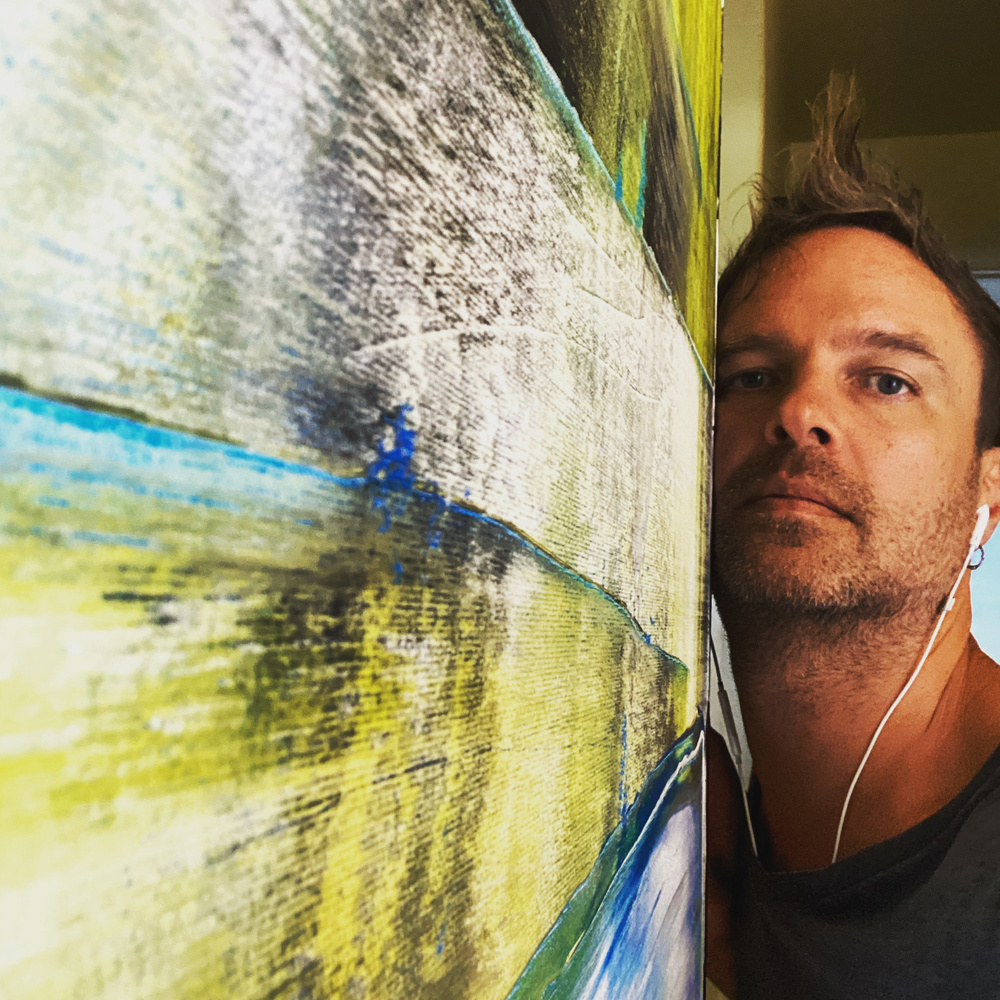
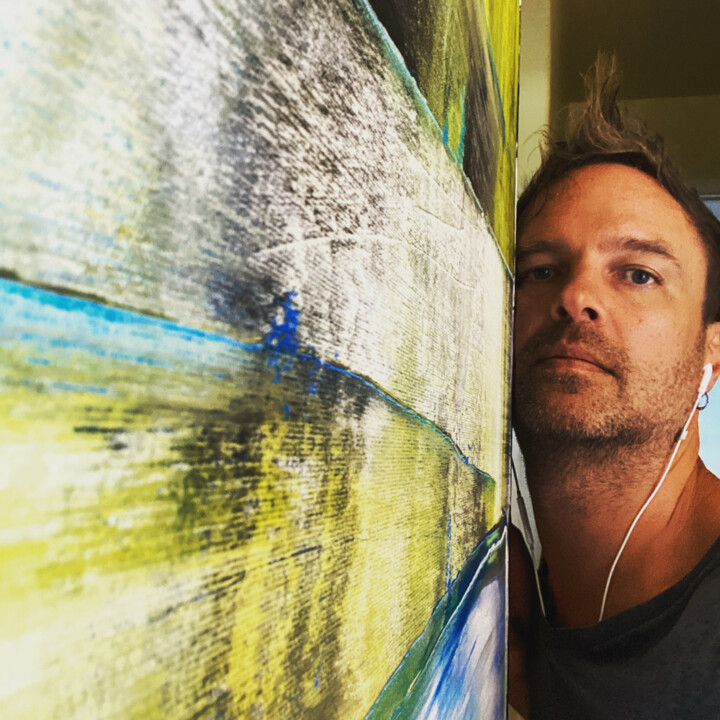


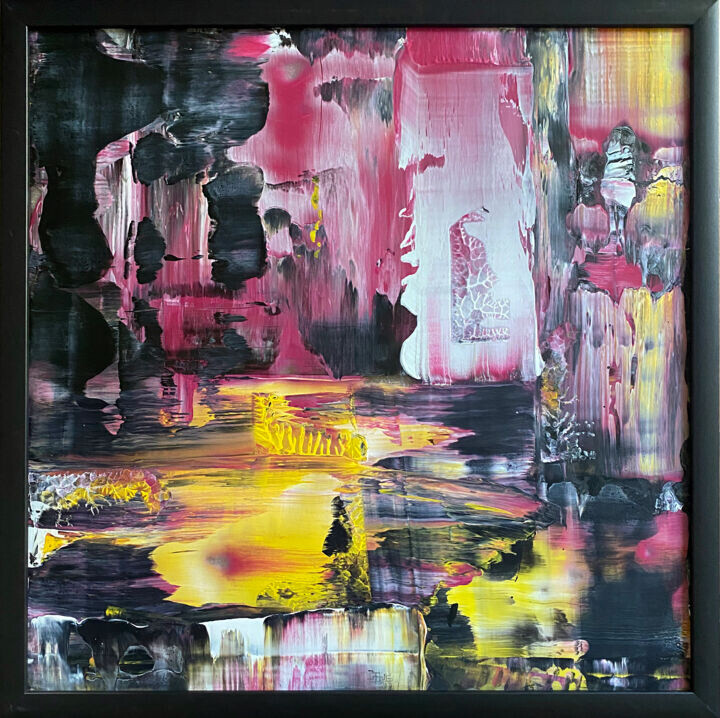


 Olimpia Gaia Martinelli
Olimpia Gaia Martinelli



